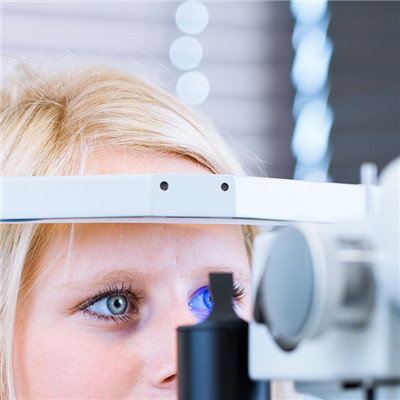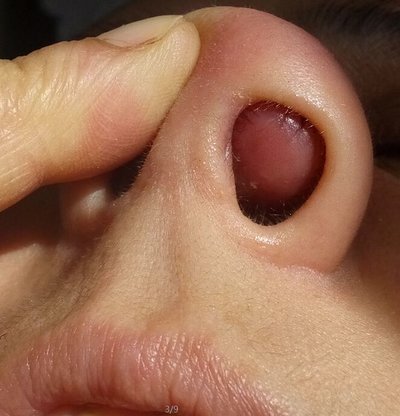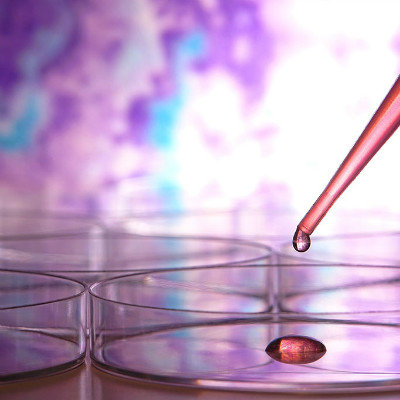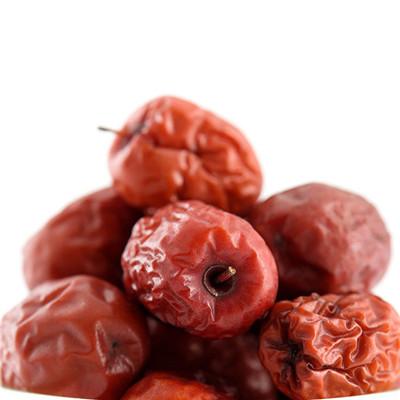Symptoms of fungal infection
summary
Fungal infection: there are about 300 species of fungi that are pathogenic to human beings. Except for Cryptococcus neoformans and fungi, almost all pathogenic fungi of medical significance are molds. According to the different parts of human body, the pathogenic fungi can be divided into superficial fungi and deep fungi. Fungal enteritis belongs to deep mycosis. Superficial fungi (tinea) only invade skin, hair and fingernails, while deep fungi can invade human skin, mucous membrane, deep tissues and viscera, and even cause systemic disseminated infection. Deep fungal infection of the intestinal tract is manifested as fungal enteritis, which can exist independently, such as infantile Candida enteritis, or as one of the manifestations of systemic fungal infection, such as AIDS complicated with disseminated histoplasmosis. What are the symptoms of fungal infection? Let's talk about it
Symptoms of fungal infection
Infection is only limited to the outer layer of the cuticle of the skin, with little or no tissue reaction. When the hair is infected, it only affects the surface of the hair and rarely damages the hair. It mainly includes: tinea versicolor, tinea nigra palmaris and tuberculosis Trichoderma.
Infection affects the cuticle and appendages of the skin, such as hair, deck and so on. It can destroy the structure of these tissues and has different degrees of host immune response; Dermatophytosis is the most common fungal infection, and other fungal infections also include cutaneous candidiasis.
Dermatomycosis can be divided into tinea pedis (commonly known as "beriberi"), tinea manus, tinea corporis, tinea cruris, tinea onychomycosis, tinea capitis and other kinds of tinea; It is the most common fungal disease worldwide and has a high incidence rate.
matters needing attention
Antifungal cream is effective only after a few days of use, during which corticosteroid cream can be used to relieve itching and pain. Severe or refractory infections can be treated with griseofulvin for several months, sometimes with antifungal cream. Oral administration of griseofulvin is very effective, but can cause side effects such as headache, gastrointestinal dysfunction, photosensitivity, edema and leukopenia. Infection may recur after discontinuation of griseofulvin. Skin fungal infection can also be treated with ketoconazole. Like griseofulvin, oral ketoconazole has serious side effects, including liver damage.
















